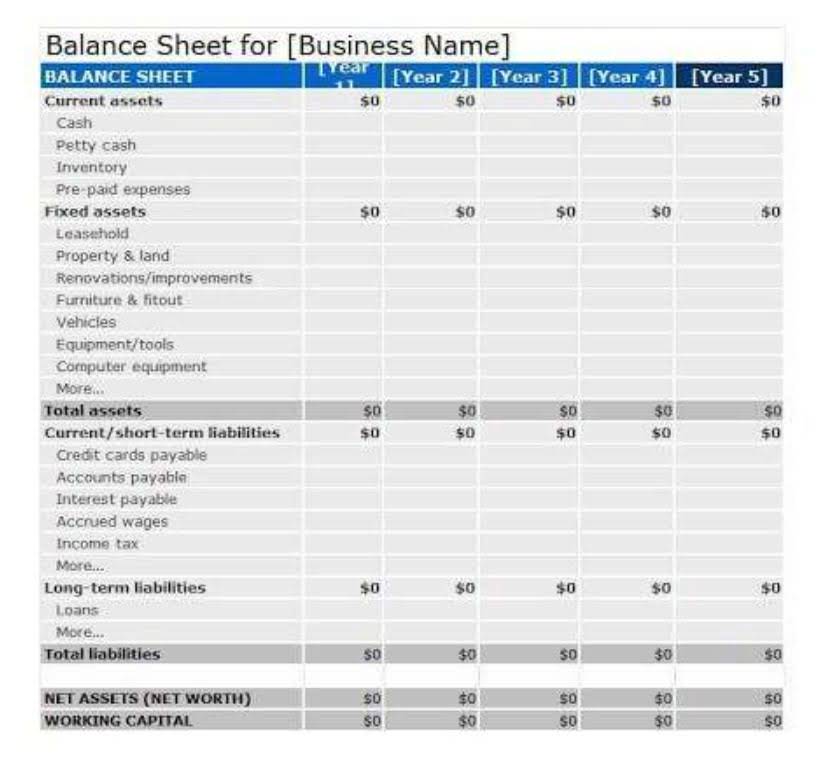
According to Merriam Webster dictionary, to recognize something means to acknowledge formally. In accounting, recognition means to formally report an event in the financial statements. For example, Uncle Joe buys a cup of lemonade from you, Uncle Joe says he has no money to pay you at the time but he promises he will pay next week when he comes back to visit. Uncle Joe buying lemonade from you is a recognized event even though no cash was exchanged.
How the Realization Concept Differs from the Accrual Basis of Accounting
The realization concept also applies to services Certified Public Accountant rendered over multiple periods, where revenue is recognized based on the percentage of completion of the service. This approach reduces the risk of double counting revenue and is compliant with transfer of property laws. The realization concept not only allows businesses to gain a more comprehensive understanding of their financials but also provides customers with more payment options. This could lead to an increase in customer satisfaction, as customers have more control over the payment process.
- A financial professional will offer guidance based on the information provided and offer a no-obligation call to better understand your situation.
- For instance, investors and stakeholders need to know when a company has recognized revenue, as it can impact their decision-making process.
- By cutting prices, your company is actually sending the message that you aren’t confident in the value of your work.
- This method is a lot more straightforward but can lead to large fluctuations in financial results since revenue is recognized only at the end of the project.
- For example, attorneys charge their clients in billable hours and present the invoice after work is completed.
- While these two concepts may seem similar, they are actually quite different and understanding the difference between them is essential for anyone involved in accounting or finance.
Accounting Standards Codification (ASC) 606

Revenue is all the money that enters into your business as a result of making sales (on your products or services). To understand what the revenue realization rate is, we will break the term down into its parts. The accounting principle that requires companies to match their expenses to the revenues they generate during the same accounting period. If a client has no history, businesses need to hold off recognizing revenue revenue realization until the client pays. And if a trusted client does not pay on time or at all, the business needs to write off the revenue as bad debt on their next financial statement. If there are conditions included in the sales agreement (e.g.the client may cancel the sale) a business can only recognize revenue after the expiry of that condition.
- The best way to understand the realization principle is through the following examples.
- The company must accurately report both revenue recognition and revenue realization in its financial statements to provide a comprehensive view of its financial performance.
- This method is used primarily for long-term contracts, such as in the construction industry, where revenue is recognized as the project progresses.
- Revenue recognition refers to the process of accounting for revenues earned during a specific period, while revenue realization refers to the actual receipt of the revenue.
What is Realization in Accounting?
These concepts play a vital role in determining a company’s financial health, and they can have a significant impact on how a business operates. Revenue recognition refers to the process of accounting for revenues earned during a specific period, while revenue realization refers to the actual receipt of the revenue. Revenue recognition and revenue realization are two accounting principles that are often used interchangeably, but they are not the same. Revenue recognition refers to the process of accounting for revenue when it is earned, while revenue realization refers to the process of accounting for revenue when it is received. Understanding the difference between these two principles is essential for any business, as it can affect the company’s financial statements and tax returns.

- When your realization rate is quite low it means you aren’t converting all of what you sold into revenue, which essentially means you are leaving money on the table.
- Failure to comply with these requirements can result in fines, legal action, and damage to the company’s reputation.
- Providing training and education to employees on revenue recognition policies and procedures to ensure consistency and accuracy.
- In case of the rendering of services, revenue is recognized on the basis of stage of completion of the services specified in the contract.
- For instance, you can take a look at which customers consistently yield low realization.
Understanding the relationship between revenue realization and profitability helps you to effectively increase your company’s bottom line. Remember, by sticking up for your services and by implementing proper communication practices across sales, operations and finance, you could increase your realization rate and boost your overall profits. Significant judgments frequently need to be made when an entity evaluates the appropriate recognition of revenue from contracts with customers. These judgments are often required throughout the revenue standard’s five-step process that an entity applies to determine when, and how much, revenue should be recognized. As an accountant, it is part of your job to know when an accounting event has taken place. Some events are very obvious for example exchanging cash for a product or service.

